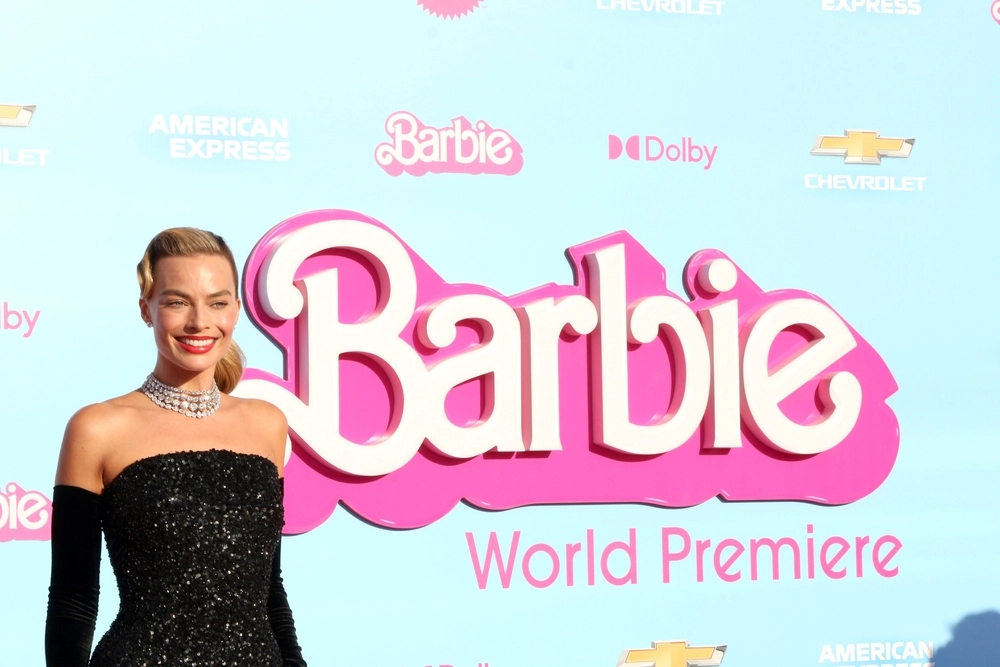

We have put together a useful guide which answers the most common questions about UK Design Right Protection. Below you will find a comprehensive list of questions and answers that our experts support clients on.
Designs can be unregistered (where they arise automatically and have a much narrower scope of protection) or registered (where protection offers a much wider monopoly right). Registered protection of a design in the UK is available by application to the UK Intellectual Property Office (UKIPO) or via a Hague design registration at the World Intellectual Property Organisation (WIPO), whereas unregistered rights arise automatically if a criterion is met.
Before the UK’s exit from the EU on 1 January 2021, registered Community designs (RCDs) and unregistered Community designs (UCDs) were also valid in the UK. These existing rights were immediately and automatically replaced by equivalent UK rights. RCDs were cloned into UK registered designs and UCDs were replaced with two new forms of UK unregistered design protection, detailed below.
A design registration protects the appearance of a whole or part of a product, including 2D images and 3D objects. It is often advisable to register parts of a product as well as the whole, as a third party is more likely to copy only a part rather than the whole.
Design registrations can include graphic symbols (such as a logo), typography, physical shapes, configurations, decorations, colour, patterns, the lines, contours, colours, shape, texture and/or materials of the product itself and/or its ornamentation.
Using a quirky-looking chair as an example – a design registration can include anything from its unique shape, its colours and pattern, its packaging, get up and logo emblazoned on the chair and even the chair leg!
Designs must be ‘new’ and have ‘individual character’ to be valid. In other words, the design must produce a different overall impression on the end user (typically) from designs available before the filing date of the design.
An identical or very similar design must not have been disclosed anywhere in the world if it would have become known to those persons specialising in the field based in the UK or EEA before the date of the application (or priority, if relevant). This is subject to a few narrow exceptions.
However, there is no examination of a design application based on earlier designs, so it is unlikely to be refused because it does not meet this threshold.
The owner of a design can disclose the design of the product during the 12 month period before filing the design (or if there is an applicable priority date) in order to test the market and see if the product is successful. This disclosure will not become part of the prior art which will invalidate the design. So, it will be ignored when considering if the design is new and has individual character.
A design registration will not be granted protection if it:
- is offensive;
- uses protected emblems or flags (such as the Olympic flag);
- covers the functionality of a design;
- is a design of a product that must be specifically shaped and sized to fit/connect to another product (such as the parts of a plug which must fit into the socket);
- is a design of a product that must match another article (such as a car door panel needing to look a certain way);
- is a design that seeks to protect a component part of a ‘complex product’ (i.e. a product with 2+ component parts) where the component part is not visible in its everyday use. For instance, the back of a fridge may not be protectable, yet the inside of a fridge could be; or
- is a computer program.
When a design is registered in the UK, the owner is provided with a monopoly which allows it to prevent third parties from using the registered design or a very similar design with the same overall impression, whether they do so by copying or otherwise. “Use” would include selling, making, importing or exporting any product embodying or bearing the design.
Protection is across all sectors, so the owner is provided with an exclusive right to use it in the UK on any products that embody or bear the design. So, the design of a car might be infringed by use on a toy car, or on a duvet cover or on wallpaper.
A design registration lasts for five years. It can be renewed four times (at a renewal cost), meaning your design can be protected for up to 25 years in total.
Yes, trade marks can be registered as designs, especially logos like the Arsenal FC logo. Both are monopoly rights which do not require direct copying by a third party. Together, they offer very strong protection.
Set out below are the main advantages of trade mark and design right protection:
| Advantages of registered design protection | Advantages of trade mark protection |
|
|
Designs are registrable upon application to the UKIPO or to WIPO. At the UKIPO, they can often only take a week or so to register. The below information is relevant to applications made to the UKIPO.
In one application you may submit up to 50 designs. Each will be identifiable as a separate design – it is more cost-effective to file multiple than several singular designs.
The official fees currently payable to the UKIPO are listed below. These are in addition to legal fees, should you instruct a specialist lawyer to assist and advise you.
- One design – £50
- Up to 10 designs – £70
- Up to 20 designs – £90
- Up to 30 designs – £110
- Up to 40 designs – £130
- Up to 50 designs – £150
After five years, if you wish to renew your registration (i.e. keep the rights alive), you will need to pay renewal fees.
To file a design application, you will need to provide:
- the application fee;
- your contact details;
- the name of the product to which the design is intended to be applied or in which it is intended to be incorporated;
- details of any other design application you want to claim priority from; and
- up to 12 illustrations of your design(s) (unless you have a repeating 2D design, like a wallpaper or wrapping paper, where specimens can be filed).
You should strongly consider what features you would like your design to cover before submitting your illustrations. For instance, if you would like to protect the surface pattern of your product in just one or various colours and/or your product’s shape.
Each illustration should:
- be constructed with photographs, line drawing, computer-aided designs or rendered computer-aided designs. However, the choice of construction must be consistent – i.e. all illustrations should be line drawings or photographs;
- be on a plain background without shadows or reflections;
- only contain the design (i.e. not your hand, any text or measurements etc); and
- only contain one view of the design.
Choosing the colouring of each illustration should be done carefully since any colour or toning will be presumed as elements that are part of your design.
If protecting a product consisting of multiple components (such as a game of snakes and ladders, and its packaging), you must submit at least one view showing the set of articles in its entirety.
The most suitable type of illustration depends on your design. You can include up to 12 illustrations if applying online or if intending to include more, you must apply by post. General considerations are:
- line drawings are generally preferred for their clarity and scope of protection unless a colour is particularly important (where photographs may be preferred);
- a design shown in monochrome image means it is not limited to particular colours;
- filing as many views as necessary to ensure all features are fully disclosed;
showing the design from various angles and, for 3D designs, encompassing a view from the front, top, bottom, right side, left side, back and perspective. If doing so, each differing view must be a separate illustration;
- all views must belong to the same overall design;
- for products consisting of several parts there must be at least one view of the whole product; and
- if you’re applying by post, your illustrations must be on plain A4 paper.
On the application, you can either include a “limitation” setting out which parts of the illustration you want to register as a design or a “disclaimer” setting out which parts of the illustration you do not want to register as a design.
You can alternatively or additionally visually disclaim the features within the illustration themselves. For instance, stating that what is shown in broken/dashed lines is disclaimed and what is shown outside of the line/in solid lines defines the boundary of the claimed part of the product, adding the disclaimer “Protection is sought for the area shown in solid lines alone”. Another example is circling the area in red and adding the disclaimer “Protection is sought for the area circled in red alone” to the illustrations.
The UKIPO will examine your application within 2 weeks. If there are any problems with the application, you will have a minimum of 2 months to resolve these issues. If no issues are raised, the design will be registered.
The UK unregistered design right (UK URD) protects the shape or configuration of a 3D product or component (excluding surface decoration) for either 10 years after the design was first sold or 15 years after it was created, whichever ends first.
On 1 January 2021, UCD protection was replaced by two further forms of UK unregistered design right protection. That is, the Continuing Unregistered Design (CUD) applicable to UCDs existing before 1 January 2021 and the Supplementary Unregistered Design (SUD) applicable to designs first disclosed in the UK after 1 January 2021. The CUP and SUP mirror the main validity, infringement and term that applied to UCD, except that they only apply to the UK. They protect the appearance of 2D and 3D designs (particularly the aesthetics, such as the lines, contours, colours, shape, texture and material) of all or part of a product for a maximum of three years from the date the design is made public.
If you do not register your design, it may be difficult to stop someone else using your design. The main advantages of securing a registered design are:
- For infringement purposes, with an unregistered design right the evidential burden is higher because you need to show when the design was made available and prove copying. Without copying there is no infringement. With registered design infringement, you have a certificate to show when the right was registered, and you do not need to prove copying – unauthorised use is enough to infringe.
- Unregistered design rights have a shorter period of protection – for instance, with UK URD, a maximum of 10 years from first marketing (but in the last five years, a third party can get a licence of right to use it) and for UK SUP, a maximum of three years. For registered designs, the protection period is 25 years.
Therefore, it is best to register your design if you want broader and longer protection.
Want to find out more?
If you'd like to to know more, please get in touch with our expert team below























